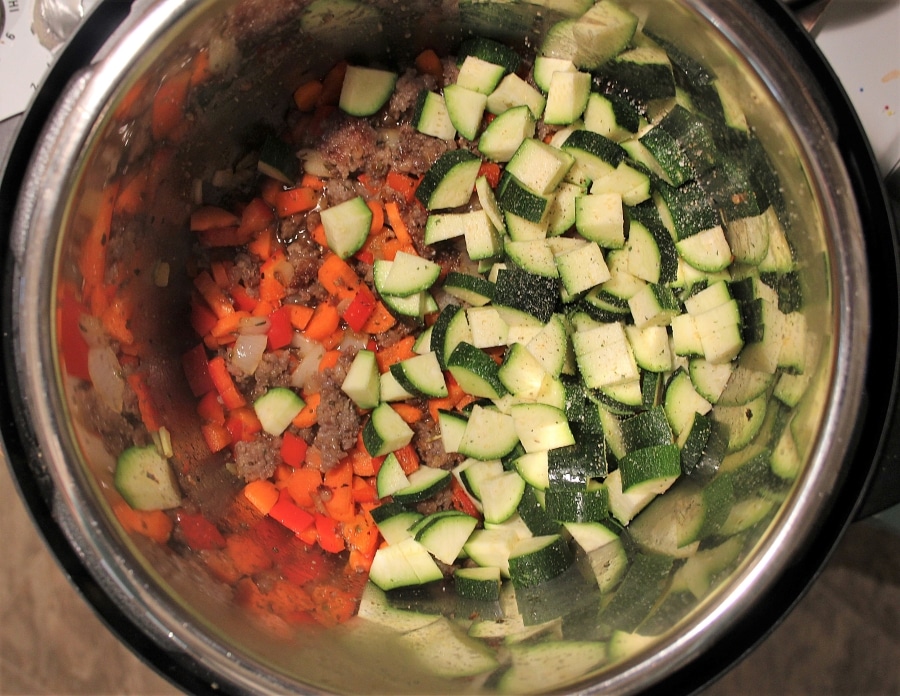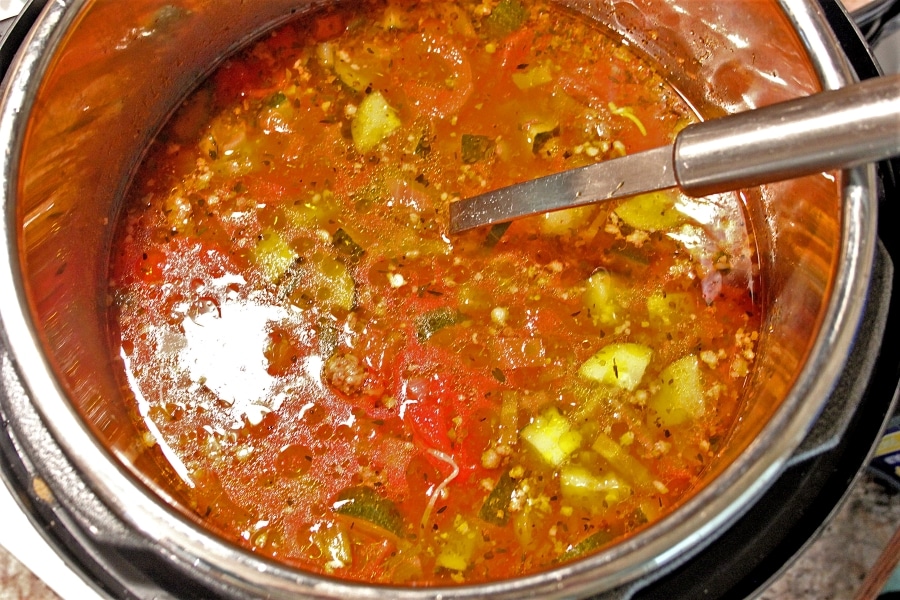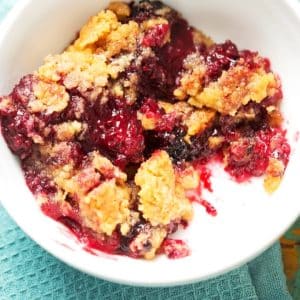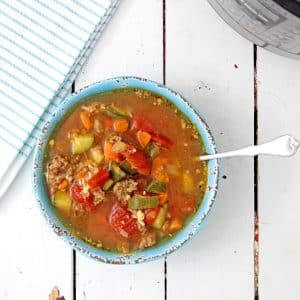Everything you need to know about making heart healthy crockpot recipes.
If your crockpot has been collecting dust on the shelves, now is the time to take it out and get cooking. While many crockpot recipes have the reputation of being comfort food made with cream-of-something soups, they are an excellent tool for making nutritious and delicious meals. Once you learn the essentials of using your slow cooker, it will become one of your most treasured kitchen appliances.
Crockpots, or slow cookers, are portable cooking appliances that allow you to simmer dishes at low temperatures slowly.
All you need to do is prep and assemble the ingredients in the pot, then seal and turn it on. No muss, no fuss, which is definitely the big appeal. This will allow you to go about your day and return to a warm, filling meal without having to babysit the recipe at each step. It's one of the best ways to cook a delicious meal with minimal work.
In this article, we'll go over how to build a healthy meal and what components to include, crockpot basics to ensure your recipe turns out perfectly, crockpot techniques to master so you can start creating your own healthy crockpot recipes, and some tried-and-true recipes to add to your dinner or meal prep rotation.
The Building Blocks of a Heart Healthy Meal
While dump-and-go crockpot meals are quick and easy and a favorite among busy moms, it can also be simple to be more intentional about how you put a meal together. For a satisfying, balanced, and nutritious meal, include all three macronutrients - protein, fat, and carbohydrates.
- Protein helps make your meal more filling, keeps you satisfied and is essential in building and maintaining muscle. Great protein sources are beef, chicken breast, eggs, fish, dairy, nuts, and vegetables like broccoli, spinach, and asparagus.
- Fat helps to provide extra energy and is vital in helping your body absorb essential nutrients and fat-soluble vitamins. You can find fat naturally in some dairy products or add it to your meal with foods like meats, avocados, nuts, and seeds.
- Carbohydrates are your body's preferred energy source and a vital fiber source. Add rice, pasta, and potatoes to get a good dose of carbs and fiber in your system when making slow cooker meals.
When you include protein, fat, and carbohydrates, you will ensure you have a balance of energy to keep you satisfied until your next meal. You may find when you skip one component, you are hungry quickly after eating or never really feel satisfied.
You'll also want to make sure you are eating enough! So much of the nutrition advice we hear is about eating less, but your meal also needs enough energy (calories) to be satisfying and provide you with the energy you need to get through your day.
Once your bases are covered with the big macronutrients, you can easily add micronutrients (vitamins and minerals) by including various foods in different colors. Various fruits and vegetables are a great way to obtain antioxidants, vitamins, and amino acids into your system.
This can take shape in a few different ways for crockpot meals, and typically you will cook only some of the components of your meal at the same time. Proteins like meat cook at a different speed than ingredients like vegetables or grains; if you cook them all simultaneously, you'll end up with mushy vegetables and grains. This is why many crockpot recipes will have you prepare some of the components separately. Aim to include a protein, a vegetable, and a grain in your meals.
Crockpot Basics
While crockpots have been a popular cooking appliance for quite some time, 1971 to be exact, there are still a few common mistakes that are made all the time. Learn the basics, and you'll have an excellent foundation for a strong future of delicious meals.
- Read the manufacturer's safety guidelines. This is obvious but often overlooked, as there are specific safety measures you need to know depending on the model you use.
- Always use thawed meat. Though the meat will eventually thaw inside the pot as it cooks for a long time, putting frozen meat into your slow cooker is a food safety issue. The meat is prone to bacteria growth the longer it stays at an unsafe temperature, and when it's frozen, it remains at this unsafe level for a longer time, which is why it is a big no-no! Be sure to thaw your meat properly before slow cooking. Smaller cuts can be thawed in the refrigerator overnight, but larger cuts can take a few days in the refrigerator.
- Do not overfill the pot. Overfilling the crockpot can also alter how your meal is cooked, so it's recommended only to fill it two-thirds of the way or less.
- Be patient. While you might get excited with the delicious aroma filling your house when slow cooking, resist opening the lid and peeking to see if the dish is done. This will affect the temperature inside the sealed pot and the cooking time.
Image Credit: Jen Brown
Crockpot Cooking Tips and Techniques
You can cook almost anything in your crockpot. Knowing the different methods and techniques to achieve your desired dish is critical. Here are some tips to always get quick and easy yet delicious food.
The “Dump-And-Go” Method
This is possibly the favorite of all slow cooker users out there. Though the term itself isn't super appealing, the ease of this method is. All you have to do is place all the ingredients in the cooker, set your timer, seal, and let everything cook together.
This is by far the most convenient method and best for easy and basic flavors and recipes like this crockpot salsa chicken made with just a handful of ingredients.
The Browning First Method
Some recipes require you to pre-cook the meat (or even vegetables) before sealing and cooking. This will result in perfectly tender bites and add tons of flavor to your dish. It is an extra step, but it's worth it for many recipes and helps keep the meat together instead of shredding completely.
The slow cooker has many qualities, but it cannot brown or sear meat - unless you have a particular crockpot that does.
Don't Overcook
While it can be easy to put a meal in the crockpot before you leave for work, this is often too long of a cooking time, and just like anything, it will leave you with a mushy meal. Tougher cuts of meat can benefit from a longer cooking time, but you also don't want to overcook it, even if you're shredding the meat.
Don't Add Too Much Liquid
Always follow the recipe measurements to prevent watering down the dish. You might think the liquid portions are too small, but remember that cooking in low heat brings out the natural juices of the ingredients, making the dishes more flavorful than adding in liquid. It's a common misconception that you must cover the meat with liquid; many recipes need less than you think.
Aim For Consistent-Sized Food
Different-sized pieces of meat and veggies will cook at different rates, so it's best to cut them into similar pieces. It doesn't need to be perfect or exact, but roughly the same size.
Pay Attention to the Ingredient Order
Following instructions for how the ingredients are layered in the crockpot is essential. The ingredients that need more cooking time will be at the bottom of the crock, where the heat is more intense. This will give you a uniformly cooked dish and help ensure certain items don't overcook.
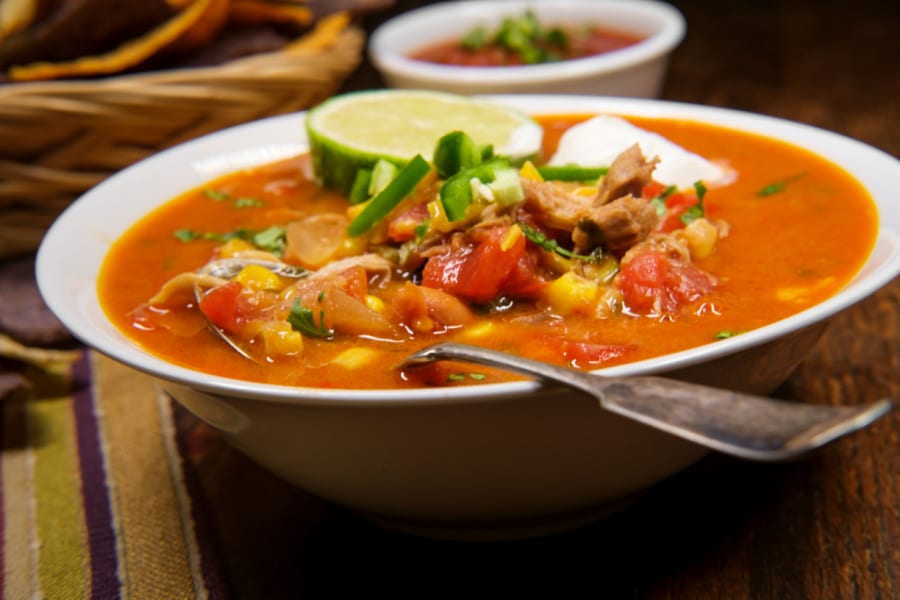
Image Credit: Shutterstock
Quick and Easy Heart Healthy Crockpot Recipe Ideas
You can make many dishes using a crockpot, from soups and stews to entrees and even breakfast. You can easily plan a week's menu with all the slow cooker recipes. Here are some of my favorites you should definitely try!
- Shredded chicken - Utilizing the slow cooker for making shredded chicken is an easy hack that will help you prep a protein for the week or a meal. You can leave it plain or flavor it with salsa or buffalo sauce for crockpot buffalo chicken to use on sandwiches, wraps, dips, and even flatbreads.
- Entrees - This crockpot chicken thighs with potatoes meal is a comforting, satisfying, and nutritious meal that requires a few minutes of prep before layering the potatoes, chicken, and seasoning blend into the crockpot to cook on its own. Serve with a green salad on the side.
- Soups and stews - Nothing is more comforting than cooked-for-hours soups and stews on a cold day! Crockpots are your best friend when you need slowly simmered, super tender stew and flavorful, hearty soups or chili to come home to on a cold night. You can also keep soups and stews like turkey chili hot and ready to eat if you're serving a crowd - it's perfect for winter parties or tailgating.
- Bone broth - You can spend a small fortune buying bone broth from the store, but nothing beats homemade broth that uses fresh ingredients. The easiest method is to combine bones from a cooked chicken, turkey, or other dish, add veggies (or even scraps) like celery, carrot, and onion, and cover everything with water. Cook on low overnight or for 24 hours, then pour through a strainer, discarding everything but the broth. Add salt and pepper to taste. It's a rich and delicious broth with extra protein, so try a mug of it.
You should feel confident crockpot meals can be easy, delicious, and nutritious, and you should take advantage of them as they will make your life easier.
Find a few favorites you can add to your dinner or meal prep rotation for the nights when you need something to eat but don't want to do a ton of work to make it happen.
This article originally appeared on Wealth of Geeks.
Emily Dingmann
Emily Dingmann (My Everyday Table)
Emily Dingmann is the founder, recipe developer, content creator, and writer behindmyeverydaytable.com. She creates easy recipes for busy families using her degree in Nutrition and Certified Intuitive Eating Counselor backgrounds. Her work has been featured on the Today Show, Self Magazine, Fitness Magazine, Twin Cities Live, and more.


